Today, Pope Leo XIV is urging the faithful to indeed turn to Jesus for healing, especially when we feel “stuck”.
Dear brothers and sisters,
With this catechesis I would like to bring our attention to another essential aspect of the life of Jesus, namely his healings. For this reason, I invite you to bring before the Heart of Christ your most painful and fragile parts, those places in your life where you feel stuck and blocked. Let us trustfully ask the Lord to listen to our cry, and to heal us.
The character who accompanies us in this reflection will help us to understand that we must never give up hope, even when we feel lost. He is Bartimaeus, a blind man and a beggar, whom Jesus meets in Jericho (cf. Mk 10:46-52). …What can we do when we find ourselves in a situation that seems to have no way out? Bartimaeus teaches us to appeal to the resources we have within us and which form a part of us. He is a beggar, he knows how to ask, indeed, he can shout! If you truly want something, you do everything in order to be able to reach it, even when others reproach you, humiliate you and tell you to let it be. If you really desire it, you keep on shouting!
The cry of Bartimaeus, in the Gospel of Mark – “Jesus, son of David, have pity on me!”(v. 47) – has become a very well-known prayer in the Eastern tradition, which we too can use: “Lord Jesus Christ, Son of God, have pity on me, a sinner.”
Bartimaeus is blind, but paradoxically he sees better than the others, and he recognizes who Jesus is! Before his cry, Jesus stops and has him called (cf. 49), because there is no cry that God does not hear, even when we are not aware we are addressing him (cf. Ex 2:23). It seems strange that, in front of a blind man, Jesus does not go immediately to him; but, if we think about it, it is the way to reactivate Bartimaeus’ life: He spurs him to get up again, He trusts in his ability to walk. That man can get up on his feet again, he can rise from the throes of death. But in order to do this, he must perform a very meaningful gesture: he must throw away his cloak (cf. v. 50)!
For a beggar, the cloak is everything: it is his safety, it is his house, it is the defence that protects him. Even the law protected the beggar’s cloak, and imposed that it be returned in the evening if taken as a pledge (cf. Ex 22:25). And yet, many times, it is precisely our apparent securities that stand in our way – what we have put on to defend ourselves and which instead prevent us from walking. To go to Jesus and let himself be healed, Bartimaeus must show himself to Him in all his vulnerability. This is the fundamental step in any journey of healing… What saves Bartimaeus, and each one of us, is faith. Jesus heals us so that we can become free…
Dear brothers and sisters, let us trustfully bring our ailments before Jesus, and also those of our loved ones; let us bring the pain of those who feel lost and without a way out. Let us cry out for them too, and we will be certain that the Lord will hear us and stop (see Prayer of Entrustment for your loved ones).
Read the full reflection at Aleteia.



 Alicja Lenczewska
Alicja Lenczewska

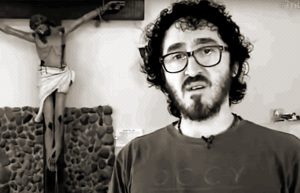
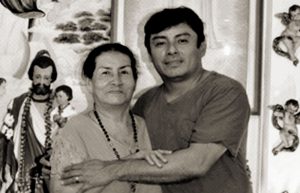
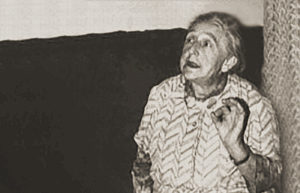 Elizabeth Kindelmann
Elizabeth Kindelmann Through what became The Spiritual Diary, Jesus and Mary taught Elizabeth, and they continue to instruct the faithful in the divine art of suffering for the salvation of souls. Tasks are assigned for each day of the week, which involve prayer, fasting, and night vigils, with beautiful promises attached to them, laced with special graces for priests and the souls in purgatory. In their messages, Jesus and Mary say that The Flame of Love of the Immaculate Heart of Mary is the greatest grace given to mankind since the Incarnation. And in the not-so-distant future, her flame will engulf the entire world.
Through what became The Spiritual Diary, Jesus and Mary taught Elizabeth, and they continue to instruct the faithful in the divine art of suffering for the salvation of souls. Tasks are assigned for each day of the week, which involve prayer, fasting, and night vigils, with beautiful promises attached to them, laced with special graces for priests and the souls in purgatory. In their messages, Jesus and Mary say that The Flame of Love of the Immaculate Heart of Mary is the greatest grace given to mankind since the Incarnation. And in the not-so-distant future, her flame will engulf the entire world.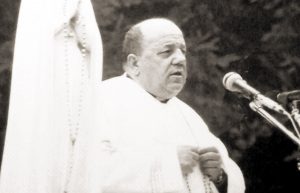 Father Stefano Gobbi
Father Stefano Gobbi Why Gisella Cardia?
Why Gisella Cardia?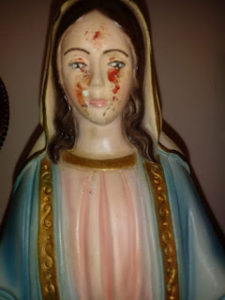 Thirdly, the messages have frequently been accompanied by visible phenomena, photographic evidence found in In Cammino con Maria, which cannot be the fruit of subjective imagination, notably the presence of the stigmata on Giselle’s body and and the appearance of crosses or religious texts in blood on Gisella’s arms. See the pictures taken from her apparition website
Thirdly, the messages have frequently been accompanied by visible phenomena, photographic evidence found in In Cammino con Maria, which cannot be the fruit of subjective imagination, notably the presence of the stigmata on Giselle’s body and and the appearance of crosses or religious texts in blood on Gisella’s arms. See the pictures taken from her apparition website 
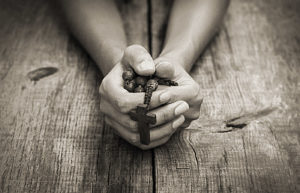 Jennifer
Jennifer
 Why Manuela Strack?
Why Manuela Strack?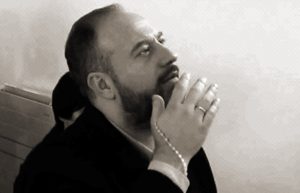
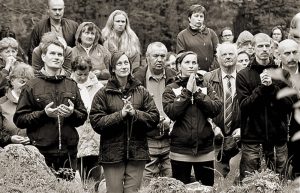
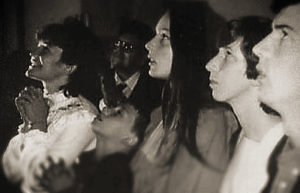 Why the Visionaries of Our Lady of Medjugorje?
Why the Visionaries of Our Lady of Medjugorje? Why Pedro Regis?
Why Pedro Regis?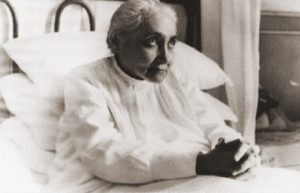 Why the Servant of God Luisa Piccarreta?
Why the Servant of God Luisa Piccarreta?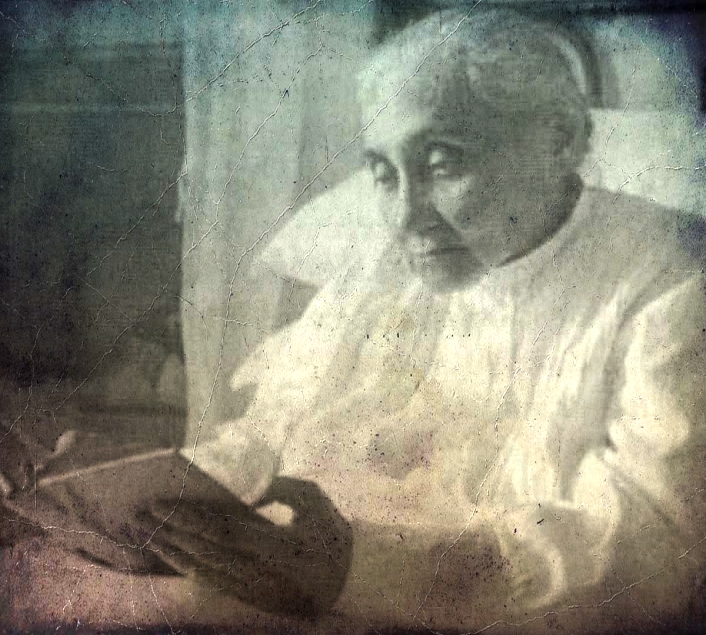 of the saints. It wasn’t until she became a “Daughter of Mary” that the nightmares finally ceased at the age of eleven. In the following year, Jesus began to speak interiorly to her especially after receiving Holy Communion. When she was thirteen, He appeared to her in a vision that she witnessed from the balcony of her home. There, in the street below, she saw a crowd and armed soldiers leading three prisoners; she recognized Jesus as one of them. When He arrived beneath her balcony, He raised his head and cried out: “Soul, help Me!” Deeply moved, Luisa offered herself from that day on as a victim soul in expiation for the sins of mankind.
of the saints. It wasn’t until she became a “Daughter of Mary” that the nightmares finally ceased at the age of eleven. In the following year, Jesus began to speak interiorly to her especially after receiving Holy Communion. When she was thirteen, He appeared to her in a vision that she witnessed from the balcony of her home. There, in the street below, she saw a crowd and armed soldiers leading three prisoners; she recognized Jesus as one of them. When He arrived beneath her balcony, He raised his head and cried out: “Soul, help Me!” Deeply moved, Luisa offered herself from that day on as a victim soul in expiation for the sins of mankind.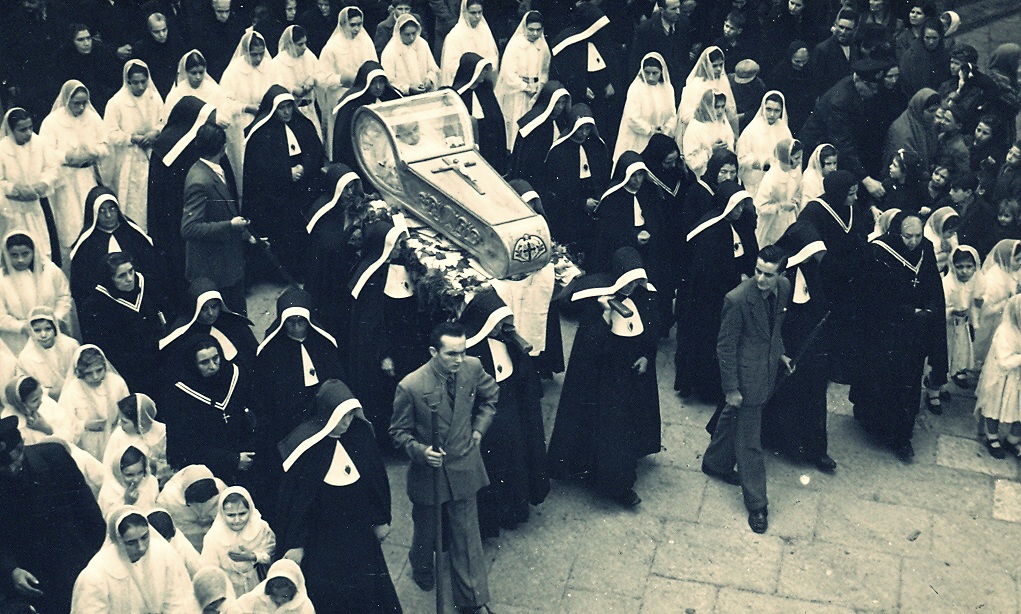 immobile, rigid-like state that appeared almost as if she were dead. It was only when a priest made the sign of the Cross over her body that Luisa regained her faculties. This remarkable mystical state persisted until her death in 1947—followed by a funeral that was no little affair. During that period in her life, she suffered no physical illness (until she succumbed to pneumonia at the end) and she never experienced bedsores, despite being confined to her little bed for sixty-four years.
immobile, rigid-like state that appeared almost as if she were dead. It was only when a priest made the sign of the Cross over her body that Luisa regained her faculties. This remarkable mystical state persisted until her death in 1947—followed by a funeral that was no little affair. During that period in her life, she suffered no physical illness (until she succumbed to pneumonia at the end) and she never experienced bedsores, despite being confined to her little bed for sixty-four years. Why Simona and Angela?
Why Simona and Angela?
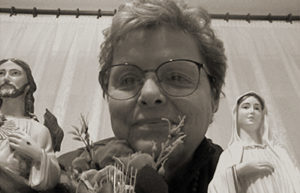 Valeria Copponi
Valeria Copponi